Details
Purification of viral RNA
The FastGene® RNA Virus kits is a silica-membrane based RNA purification method optimised for viral RNA. The procedure was designed to be straight forward and easy to perform. The performance of the purification is outstanding and comparable to the performance of the purification of the major competitors Q and M.
Virus RNA of the highest quality
The FastGene® RNA Virus kits deliver RNA of the highest grade. The quality of RNA is measured by determining a RIN (RNA integrity number). According to the manufacturer‘s instructions, a RIN gives an idea of the integrity of the RNA. High quality RNA will give a RIN above 8, being 10 the maximal value. The FastGene® RNA Virus kits purify RNA to a grade comparable to market leaders. The RNA is therefore in an ideal state for downstream applications, such as reverse transcription and qPCR.
Sample types – Cell-free fluid and more
- Cell-free fluid
- Plasma and serum
- Urine
- Virus infected samples
- Cell culture supernatant
Compatible to COVID Diagnostic Kits
The FastGene® RNA Virus kits purifies RNA to quality that it can be used with commercially available virus detection diagnostic kits.
Very quick procedure
The FastGene® RNA Virus kits has a very eas to perform and quick to deliver protocol. For a complete protocol download the Manual or click on Protocol.
Protocol
Procedure to purify virus RNA
Lysis and binding optimisation
1) Transfer up to 300 µL of sample (swab-storage media, cell-free fluid, cell-culture supernatant,plasma, serum, urine) in a 1.5 mL microcentrifuge tube.
2) Add 500 µL of buffer ViL (Lysis Buffer) to the tube and lyse the sample by vortexing for 15 seconds.
- Check buffer ViL for precipitation. Precipitate can be solved by incubation at 37°C or above.
- The volume of buffer ViL can be adjusted in proportion to the volume of sample.
- For proper lysis, the complete mix of sample and buffer ViL is essential.
3) Incubate the lysate for 10 minutes at room temperature (15–25°C).
- After this step, briefly centrifuge the tube to remove drops from the inside of the lid.
4) Add 700 µL of buffer ViB (Binding Buffer) to the lysate and mix thoroughly by inverting or vortexing
- The volume of buffer ViB can be adjusted in proportion to the volume of lysate.
Do not centrifuge!
5) Transfer up to 750 µl of the mixture to the FastGene® Column Vi.
6) Centrifuge at ≥ 10,000 x g for 30 seconds at room temperature
- Discard the pass-through and reinsert the FastGene® Column Vi back into the same tube.
7) For larger volumes repeatstep 5 ~ 6 with the remaining lysate
- Discard the pass-through and reinsert the FastGene® Column Vi back into the same tube.
Washing of the silica membrane
8) Add 500 µl of buffer ViW1 (Wash Buffer) to the FastGene® Column Vi.
9) Centrifuge at ≥ 10,000 x g for 30 seconds at room temperature.
- Discard the pass-through and reinsert the FastGene® Column Vi back into the same tube.
10) Add 500 µL of buffer ViW2 (Wash Buffer 2) to the FastGene® Column Vi.
11) Centrifuge at ≥ 10,000 x g for 30 seconds at room temperature
- Discard the pass-through and reinsert the FastGene® Column Vi back into the same tube.
12) Centrifuge at ≥ 10,000 x g for an additional 1 minute at room temperature to remove residual wash buffer. Transfer the FastGene® Column Vi to a new 1.5 ml microcentrifuge tube (provided).
- Residual Buffer ViW2 in the eluate may cause problems in downstream applications. Some centrifuge rotors may vibrate upon deceleration, resulting in flow through, containing Buffer ViW2, contacting the FastGene® column. It is important to dry the membrane since residual ethanol may interfere with downstream reactions.
Elution
13) Add 30 ~ 50 µL of nuclease-free water (provided) to the center of the membrane in the FastGene ® Column Vi. Incubate at room temperature for 1 Minute.
14) Centrifugeat ≥ 10,000 x g for 1 minute at room temperature.
- Purified RNA can be stored at 4°C for immediate analysis or can be stored at -70°C for long term storage. Viral RNA is stable for up to one year when stored under these conditions.
Only logged in customers may leave a review.

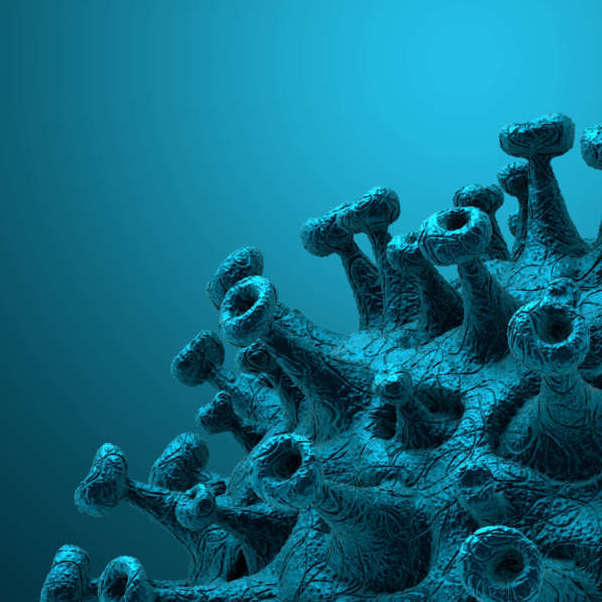
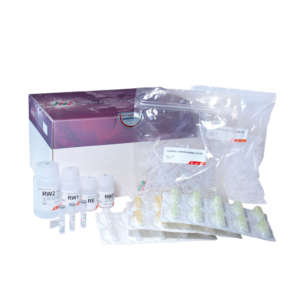
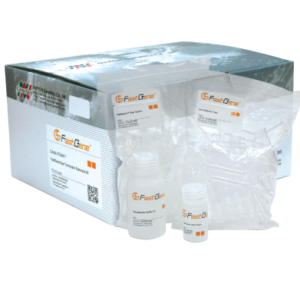
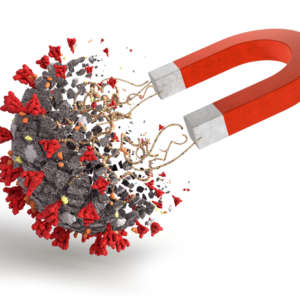
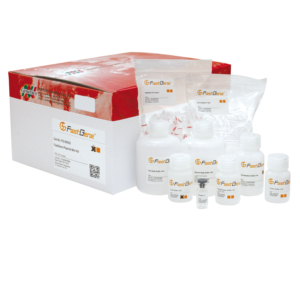
Reviews
There are no reviews yet.